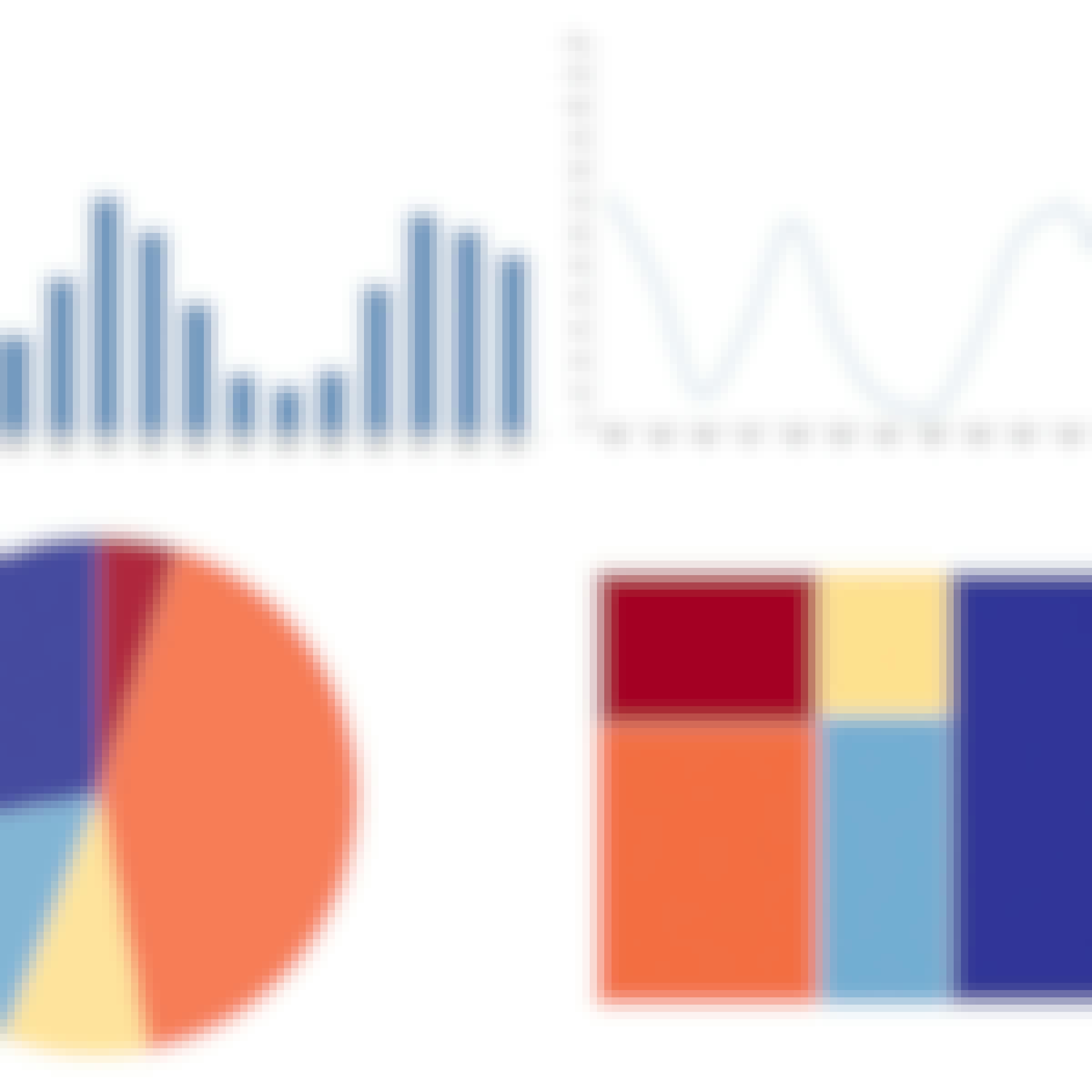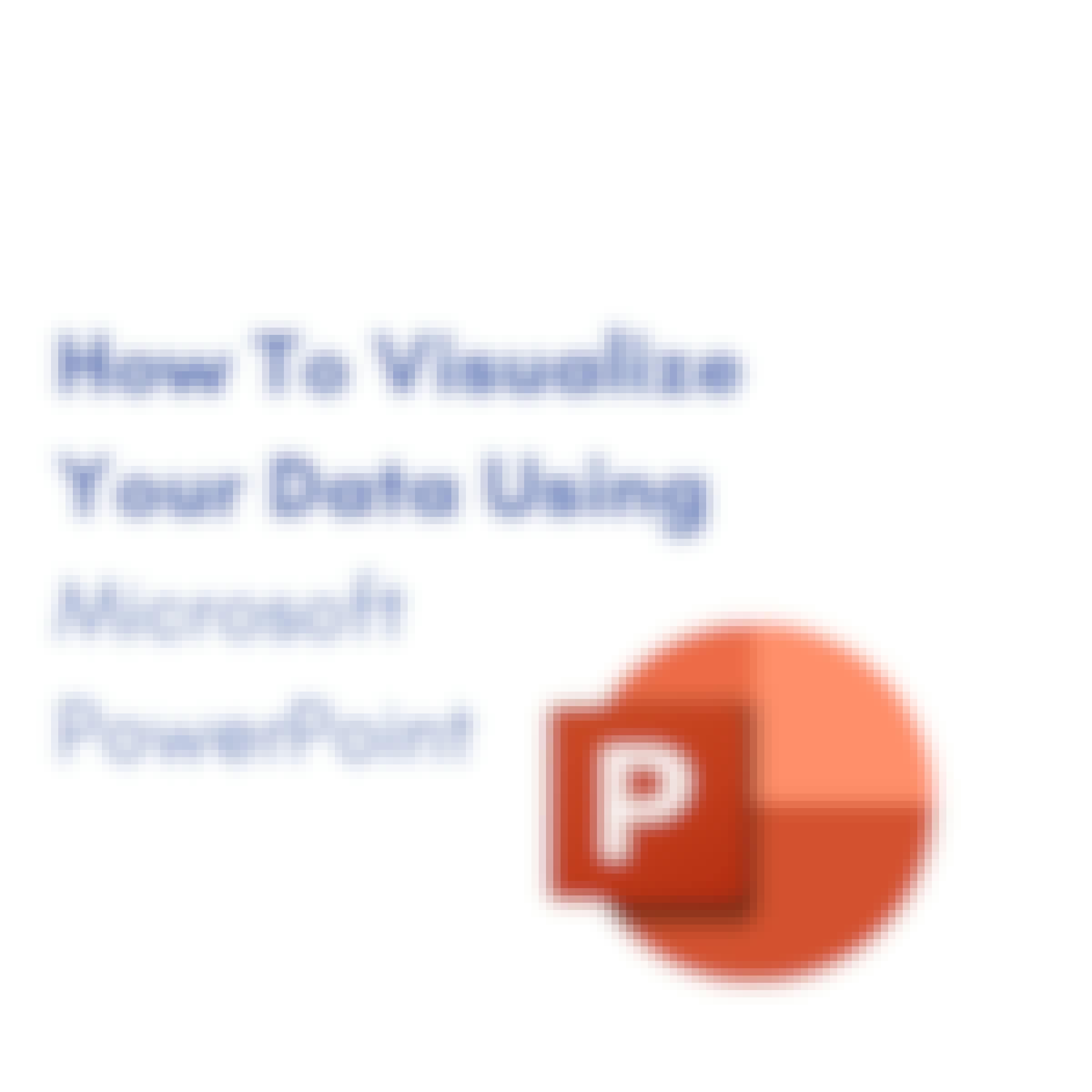Filter by
SubjectRequired
LanguageRequired
The language used throughout the course, in both instruction and assessments.
Learning ProductRequired
LevelRequired
DurationRequired
SkillsRequired
SubtitlesRequired
EducatorRequired
Explore the Charting Course Catalog

University of Michigan
Skills you'll gain: Blockchain, Emerging Technologies, FinTech, Market Dynamics, Digital Assets, Cryptography, Technical Analysis, Business Solutions, Business Analysis, Payment Systems, Algorithms, Distributed Computing

Rice University
Skills you'll gain: Microsoft Excel, Pivot Tables And Charts, Graphing, Spreadsheet Software, Excel Formulas, Data Analysis, Histogram, Scatter Plots, Data Manipulation, Data Import/Export
 Status: Free
Status: FreeUniversidad Austral
Skills you'll gain: Technical Analysis, Digital Assets, Investments, Financial Trading, Blockchain, Portfolio Management, Market Trend, Financial Analysis, Market Data, Asset Management, FinTech, Trend Analysis, Data Mining, Operating Cost, Operating Expense, Risk Management, Decision Making

University of California, Irvine
Skills you'll gain: Data Visualization, Data Visualization Software, Statistical Visualization, Data Presentation, Data Storytelling, Tableau Software, Exploratory Data Analysis, Data Analysis, Descriptive Analytics

Microsoft
Skills you'll gain: Data Storytelling, Data Presentation, Power BI, Data Visualization Software, Interactive Data Visualization, Statistical Visualization, Dashboard, Data-Driven Decision-Making, Business Intelligence, Pivot Tables And Charts, Data Analysis, Scatter Plots, Histogram

Skills you'll gain: Data Mining, Dashboard, Microsoft Excel, Data Quality, Data Cleansing, Data Analysis, Data Visualization Software, Spreadsheet Software, IBM Cognos Analytics, Exploratory Data Analysis, Pivot Tables And Charts, Data Manipulation, Data Wrangling, Analytics
 Status: Free
Status: FreeCoursera Instructor Network
Skills you'll gain: Data Visualization, Data-Driven Decision-Making, Data Visualization Software, Data Literacy, Interactive Data Visualization, Business Intelligence, Data Storytelling, Data Presentation, Dashboard

Johns Hopkins University
Skills you'll gain: Rmarkdown, Statistical Visualization, Ggplot2, Data Import/Export, Data Visualization Software, R Programming, Tidyverse (R Package), Data Manipulation, Scatter Plots, Data Wrangling, Histogram, Software Installation

University of Colorado Boulder
Skills you'll gain: Data Visualization Software, Interactive Data Visualization, Visualization (Computer Graphics), User Centered Design, User Experience Design, Data Presentation, Usability, Human Centered Design, Data Storytelling, User Research, Usability Testing, Quantitative Research, Design Elements And Principles

Indian School of Business
Skills you'll gain: Portfolio Management, Financial Trading, Investment Management, Performance Analysis, Text Mining, Technical Analysis, Market Analysis, Risk Management, Financial Regulation, Risk Analysis, Benchmarking, Compliance Reporting

Michigan State University
Skills you'll gain: Infographics, Adobe Illustrator, Graphic and Visual Design, Data Mapping, Typography, Design Elements And Principles, Graphical Tools, Storytelling, Color Theory
 Status: Free
Status: FreeCoursera Project Network
Skills you'll gain: Presentations, Microsoft PowerPoint, Data Visualization, Data Storytelling, Video Editing
In summary, here are 10 of our most popular charting courses
- Blockchain and Cryptocurrency Explained: University of Michigan
- Introduction to Data Analysis Using Excel: Rice University
- Cómo Invertir en Cripto: Universidad Austral
- Data Visualization Best Practices: University of California, Irvine
- Data Visualization Fundamentals: Microsoft
- Assessment for Data Analysis and Visualization Foundations: IBM
- Introduction to Data Visualization in Qlik Sense: Coursera Instructor Network
- Getting Started with Data Visualization in R: Johns Hopkins University
- Fundamentals of Data Visualization: University of Colorado Boulder
- Creating a Portfolio : Indian School of Business










